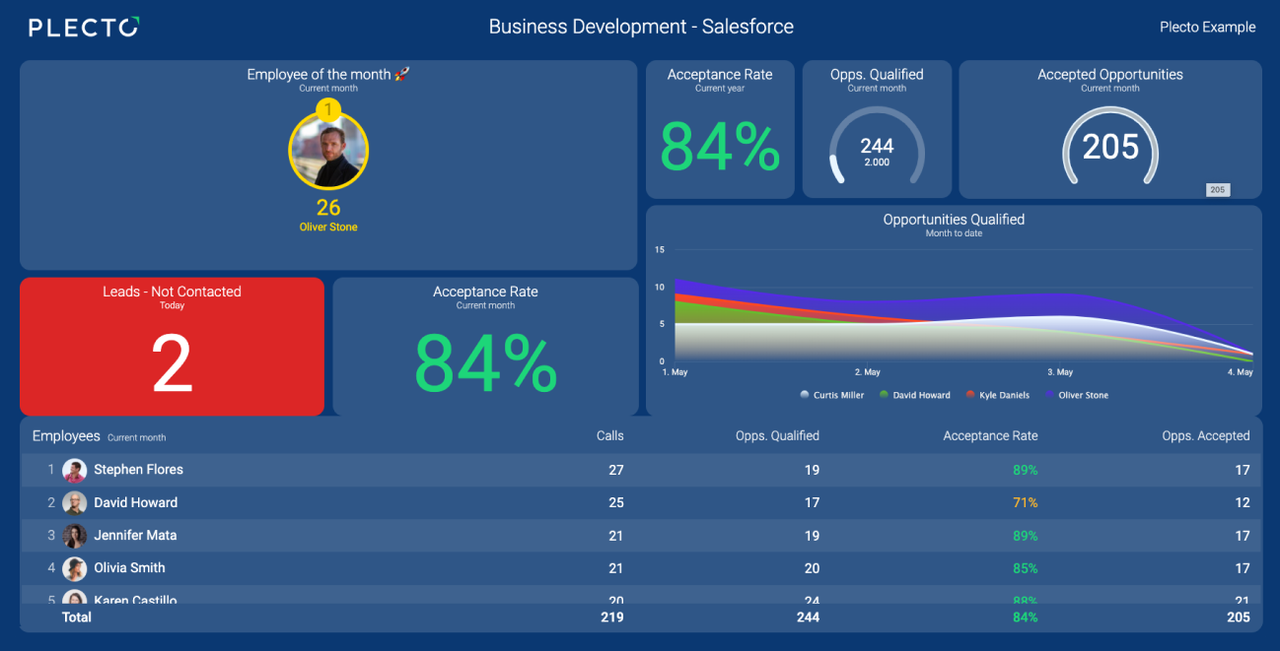In an age where businesses grapple with a multitude of marketing tactics, Outbound Marketing KPIs and Metrics stand out as navigational beacons, guiding companies towards resonating with audiences in a more impactful manner. With the ability to dissect and analyze each element of an outbound marketing strategy, these KPIs empower businesses to elevate their sales game to unprecedented heights.
Outbound Marketing KPIs and Metrics are not mere numbers; they are a powerful guide to shaping strategies that can significantly boost sales. They allow companies to fine-tune their outreach efforts, ensuring that each customer interaction is both meaningful and profitable.
Outbound Marketing KPIs Overview
Outbound marketing is a proactive approach where businesses reach out to potential customers. It is often associated with traditional methods like cold-calling, direct mail, and trade shows. But the heart of a successful outbound marketing strategy lies in its KPIs—Key Performance Indicators that measure effectiveness and return on investment (ROI).

Source: Plecto
New Business Revenue
* What it measures: The amount of income derived from new customers as a result of outbound efforts.
* How to use it: Set targets for your sales team and track performance against monthly or quarterly goals.
Projected Pipeline Sales Value
* Why it matters: Understanding potential deals helps prioritize efforts and allocate resources effectively.
* How to calculate: Estimating the value of each deal in the funnel and summarizing the total.
Outbound Sales Growth
* Indication of success: A consistent uptick in outbound sales showcases the viability and scalability of the strategies employed.
* Analysis: Review changes over time to ensure long-term sales health and strategy alignment.
Phone Calls Metrics
- Measuring beyond numbers: Quality of phone calls, call duration, and conversions per call give intricate insights into the customer acquisition process.
Emails Metrics
- Beyond the send button: Open rates, click-through rates, and responses are pivotal in gauging email campaign effectiveness.
Outbound Conversion Rate
- A conversion success barometer: The percentage of prospects converted to customers demonstrates the efficacy of your sales process.
Number of Offers Sent
- Insight into engagement: Correlation between offers and conversions can pinpoint the effectiveness of sales pitches.
Hit Rate
- Success in numbers: The percentage of successful sales versus outbound activities can help refocus sales efforts towards high ROI activities.
Outbound Customer Acquisition Cost (CAC)
- Evaluating investments: A lower CAC indicates higher efficiency and profitability in acquiring new customers through outbound efforts.
Customer Lifetime Value (CLV)
- Long-term value assessment: A portrayal of total profits attributed to a lifetime relationship with a customer—aiming for a CLV at least three times the CAC is ideal.
Optimizing Outbound Sales KPIs
Data-Driven Strategies
Implementing data visualization tools can improve the comprehension and application of KPIs. Organizations can use technologies like real-time dashboards and platforms like Plecto to continuously monitor and adjust strategies.
Essential Tools for KPI Tracking
Businesses should leverage advanced analytics tools to ensure consistent KPI tracking. Such tools help in automating data collection and providing actionable insights into sales performance.
Fine-tuning Outbound Sales Methodology
Outcomes from KPI analyses should lead to fine-tuning of strategies. For instance, if phone calls aren’t converting, the approach or script might need adjustments, or if the hit rate is low, sales training may be required.
Challenges in Outbound KPI Tracking
Big data can be a double-edged sword—it provides ample information but can also overwhelm decision-makers. As explained by CIENCE, it’s crucial to integrate the right data into the decision-making process without getting swamped by the complexity.
Overcoming Data Challenges
Modernizing sales strategies can include using customer-centric selling techniques and creating a dynamic script library. This can help in achieving clarity on what works and what doesn’t, facilitating predictable and repeatable results.
Conclusion
KPIs are the foundation on which successful outbound marketing strategies are built. By leveraging the right set of metrics, sales teams can not only quantify their performance but also decipher the narratives behind the numbers, leading to informed decision-making and strategic pivots. The power of Outbound Marketing KPIs and Metrics transcends their face value; they encapsulate the vitality of insights-driven sales refinement—an indispensable asset in any revenue-generating arsenal.
Crafting a robust outbound marketing strategy is akin to assembling a complex puzzle; each KPI is a piece that, when rightly placed, reveals the bigger picture of sales success. Through meticulous evaluation and optimization of these KPIs, businesses can not only resonate deeper with their audience but also carve a path to sustainable profitability and growth.

